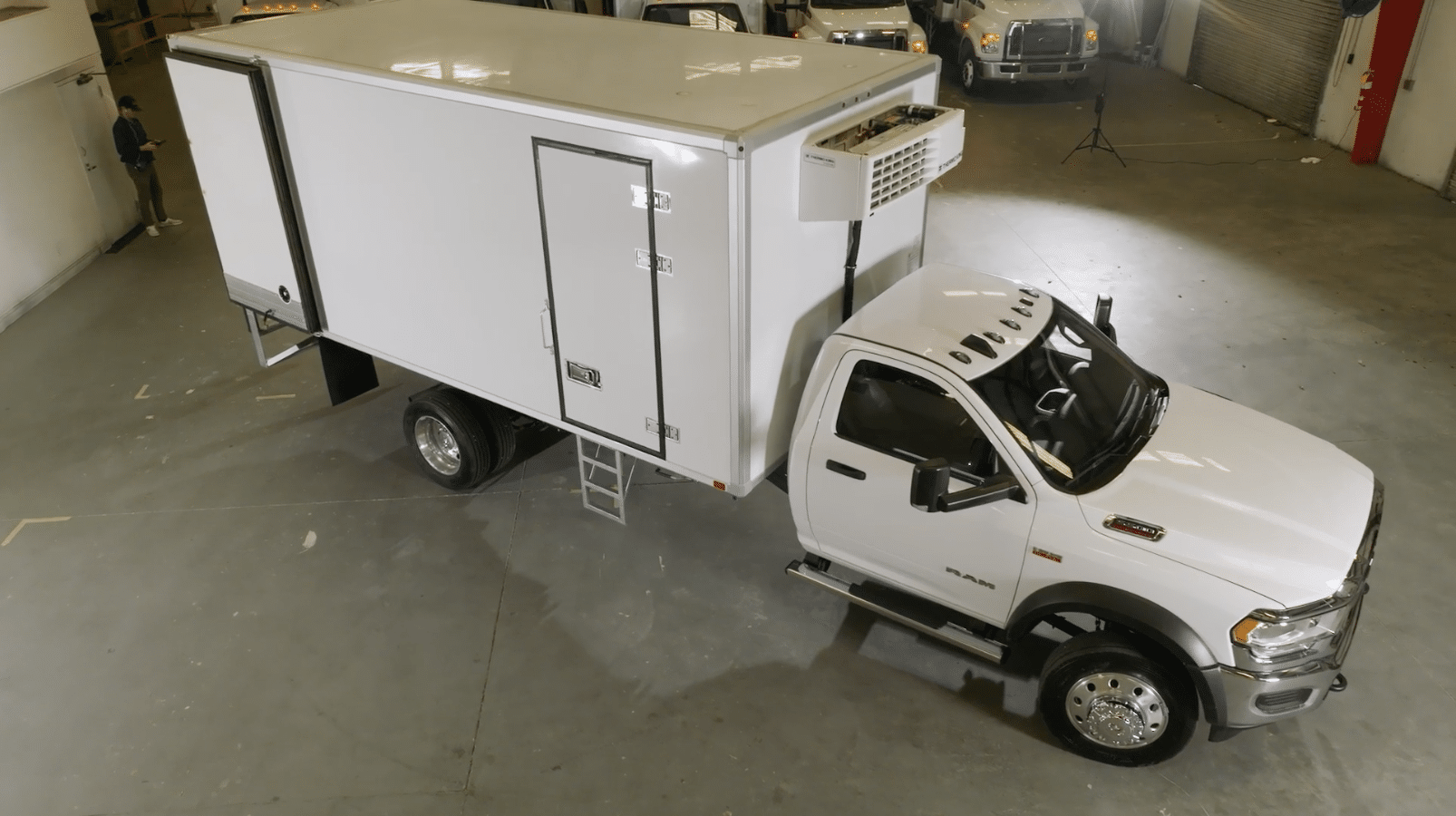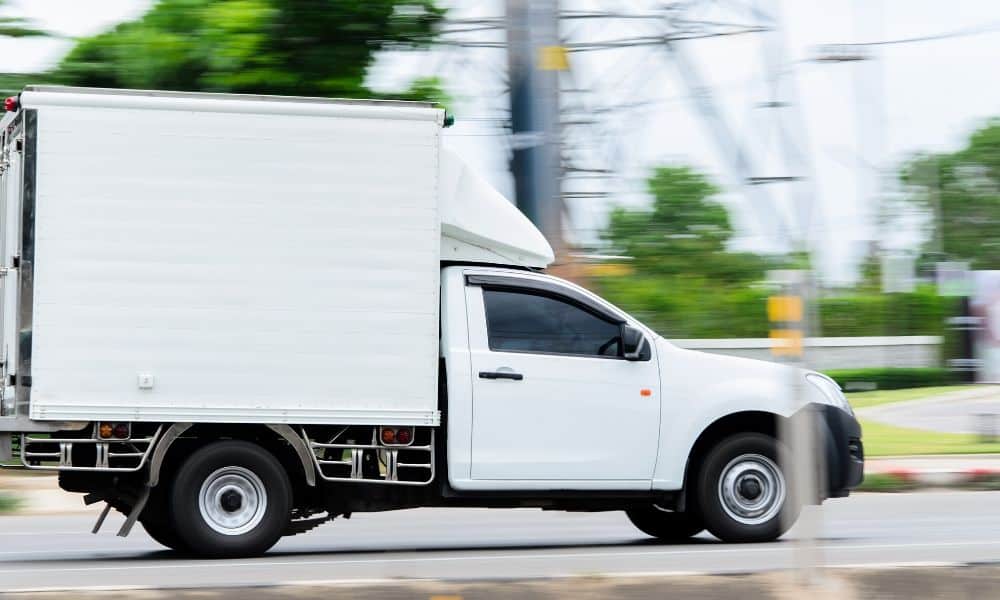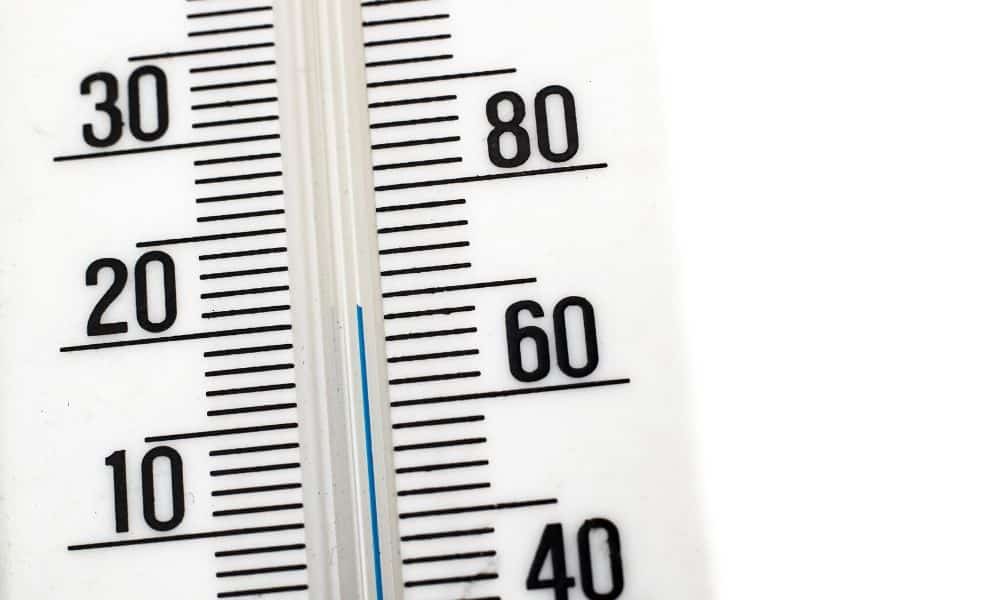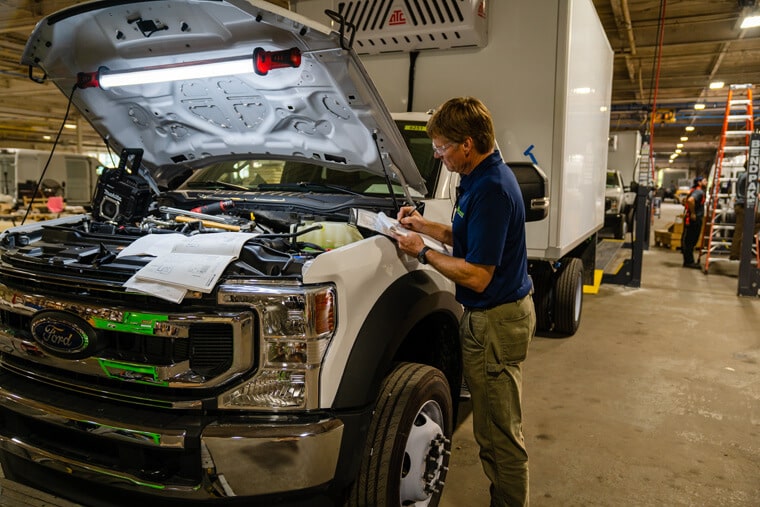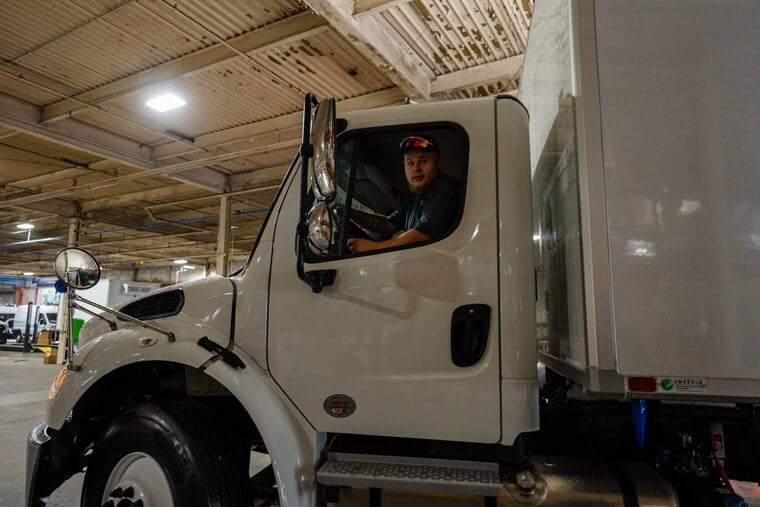
How to Transport Frozen Meat Long Distances
Todd Cawley | July 3rd, 2023
Transporting frozen meat can be a challenge, especially when traveling long distances. If you’re transporting frozen meat, you must ensure that it arrives at its destination safely and is still frozen. Here are some tips and tricks for transporting frozen meat long distances.
Choose the Right Vehicle
The first step in transporting frozen meat is to choose the right vehicle. A refrigerated truck or van is ideal for transporting frozen meat, as it will maintain a consistent temperature during transit. Select a vehicle with a reliable refrigeration system and proper insulation.
Packaging
Proper packaging is crucial when it comes to transporting frozen meat. Ensuring the packaging is sturdy enough to withstand bumps and jostles during transit is essential. Use vacuum-sealed packaging or freezer bags that are leak-proof and can withstand extreme temperatures. Appropriately label any packaging with the contents, date, and temperature requirements.
Temperature Control
Maintaining the correct temperature during transit is critical to preserving the quality of frozen meat. Set the refrigerated truck or van temperature to -10°F to -20°F to ensure the meat stays frozen. Ensure that the temperature is consistently maintained throughout the entire journey.
Handling
Handling frozen meat during loading and unloading is crucial to avoid damage and spoilage. It’s essential to handle the meat gently and avoid dropping or tossing it. Use dollies or carts to move heavy packages to prevent damage.
Keep Records
Keep detailed records of the temperature and handling of the frozen meat during transit. This information can be used to identify and address any issues that arise during transport and can also be used to maintain compliance with regulatory requirements.
In short, transporting frozen meat long distances requires careful planning, temperature control, proper packaging, and handling. With the right vehicle, equipment, and attention to detail, you can easily transport frozen meat safely and efficiently. Emerald Transportation Solutions provides customized refrigerated transportation solutions for all your business needs. For more information, please call us at 678-928-8619.
Related Articles
Contact Us
Feel Free To Contact Us If You Have Any Questions
What does under DOT mean?
Questions regarding DOT requirements come up often. 10,000 lbs GVW (gross vehicle weight) and over are commercial vehicles that fall under the Department of Transportation regulatory requirements.
What is the difference between GVW and payload?
GVW or Gross Vehicle Weight is the entire weight of the vehicle including the payload. The payload weight represents the amount of cargo you are hauling.
What is a self-powered unit and a vehicle-powered unit?
A self-powered unit has its own fuel source and will run independent of the truck. This is the heaviest and most expensive option. While vehicle-powered units run off the engine via a compressor mounted on the engine. These are less expensive and lighter in weight but you must run the truck or plug the electric standby into shore power.
What does K-factor mean and why is that important?
K-factor is a term that stands for the overall insulating value of the container (truck body). Quite simply the lower the K-factor the better the truck body will be able to maintain a given temperature and require less energy to do so.
How much lighter is a Poly Van vs a US spec body?
Poly Van bodies are very light. On average we estimate we are 75-150 lbs per foot lighter than a traditional sheet and post foamed in place body. These weight savings translates to less fuel burn and less CO2 emissions, along with added payload, the most important benefit.
